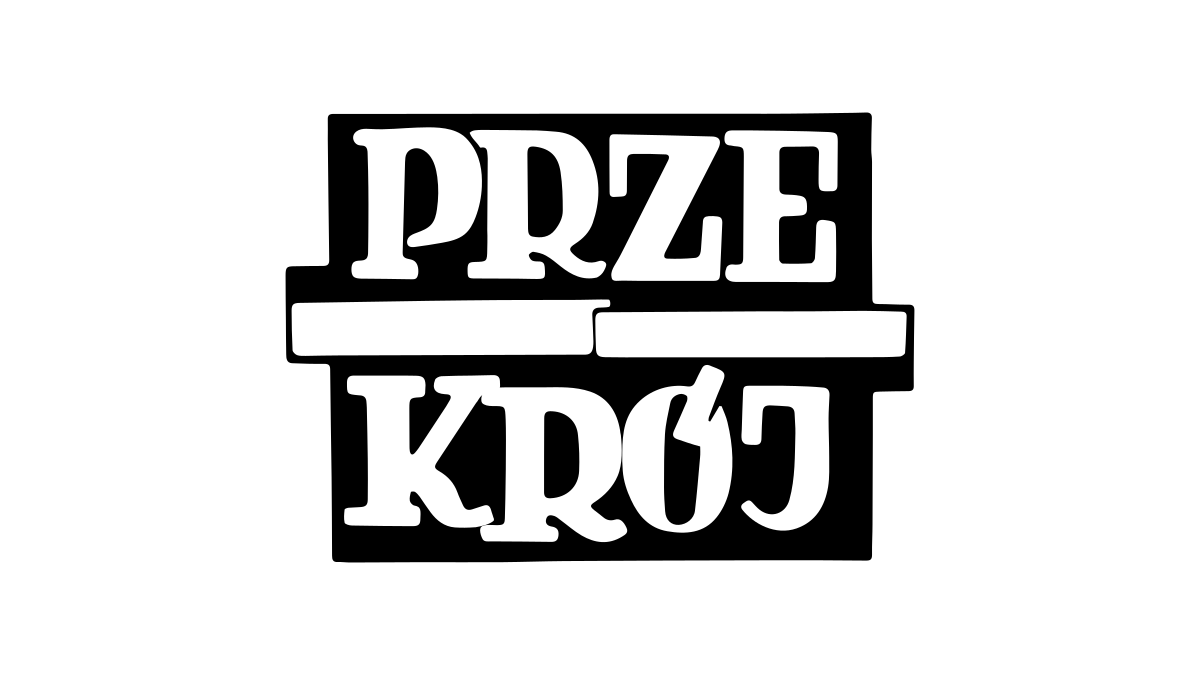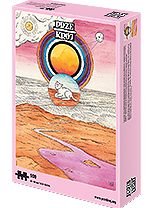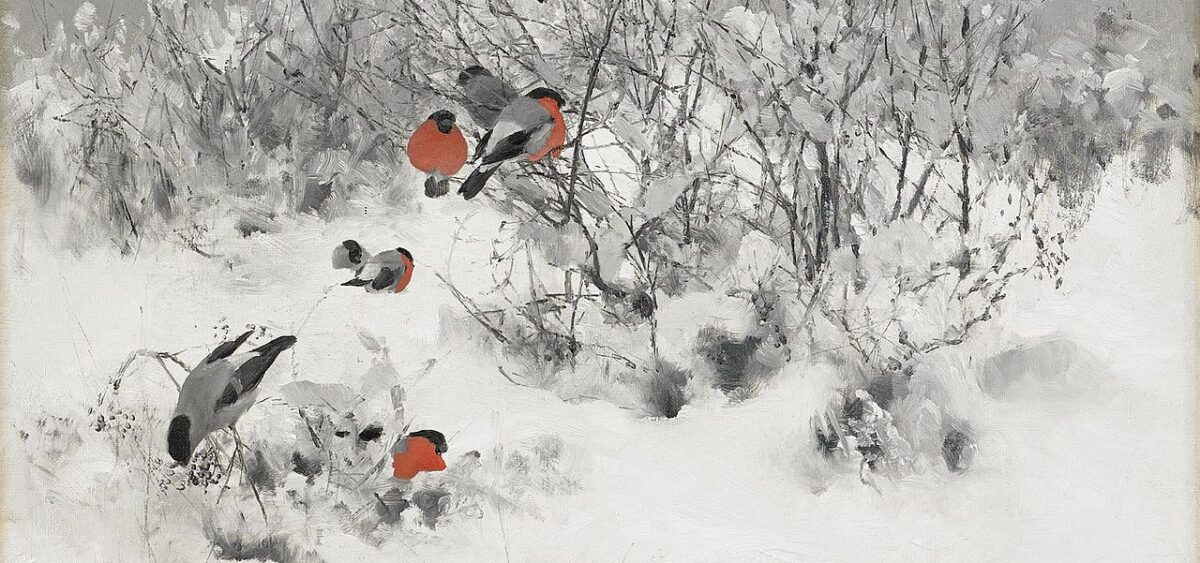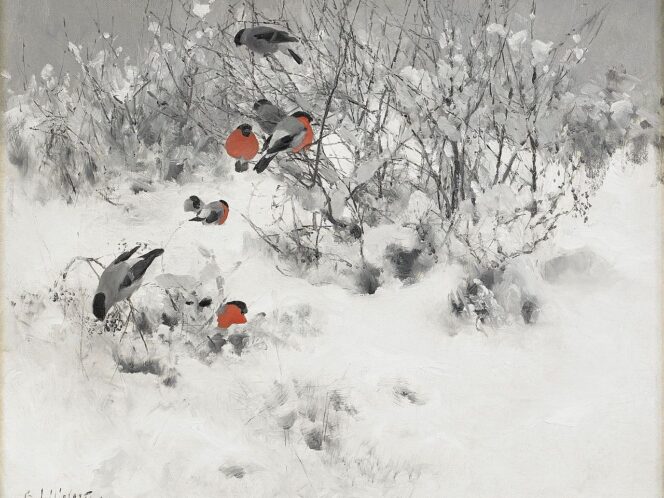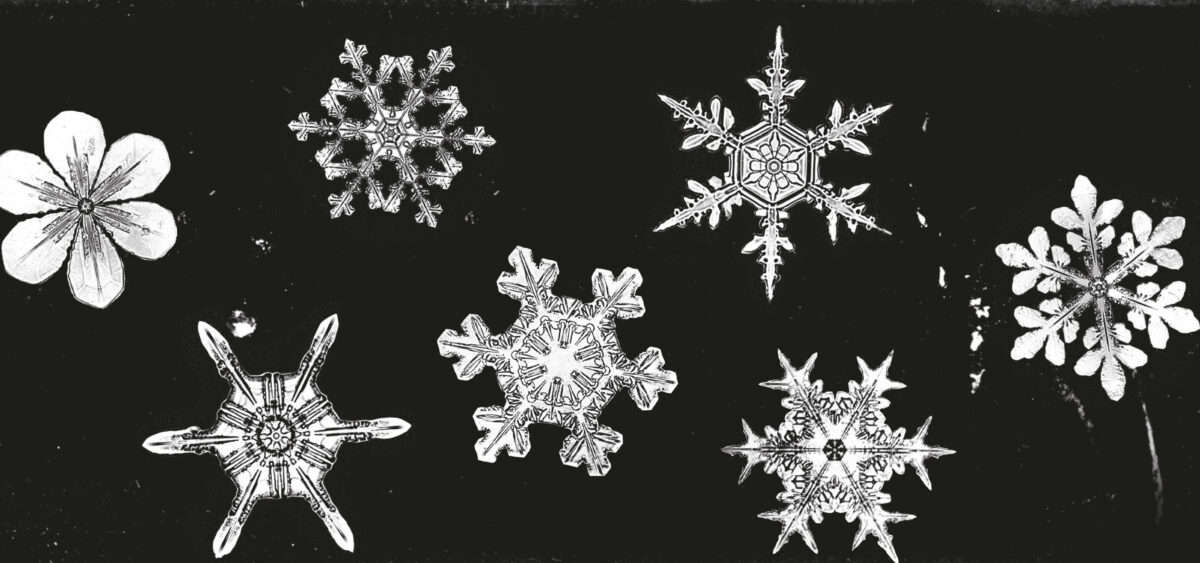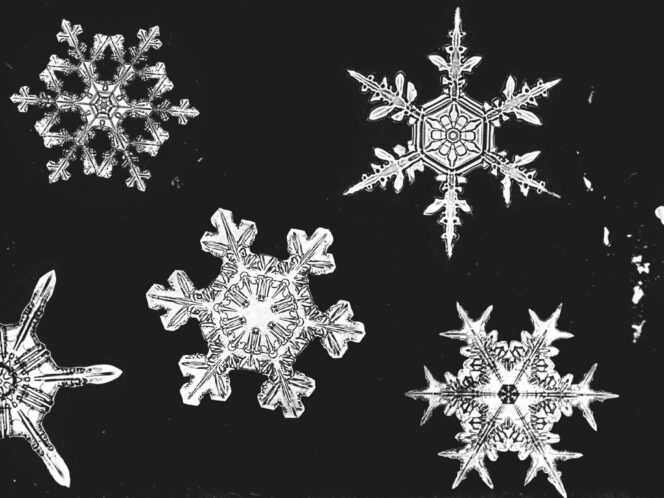
Where is the snow? Will it fall this winter, shrouding our cities and silencing the hubbub of the streets? The winter landscape endures most persistently in childhood fairy tales. It brings with it icy beauty, the promise of eternity, but also a sense of unrest. Let’s take a closer look at the primitive images and dreams reflected in the mirrors of many generations and the winter metaphors being challenged by the sun.
There are some dreams that leave us with a single image on waking. This image, surrounded by a strong emotional aura, accompanies us throughout the day—we keep it deep inside, safe and sound. Every now and then, we check to make sure it’s still there; that it hasn’t faded or completely disappeared. For me, Hans Christian Andersen’s fairy tale The Snow Queen, which my mother used to read to me before bed when I was young, is a dream of the same kind. Much of the plot has long since escaped me, but the image of the icy queen was etched in me forever, like a shard of the broken mirror from Andersen’s story. Because dreams and fairy tales are basically the same world—kindred sanctuaries, removed from the dominion of daytime reason, where the unconscious thrives.
Praise of the Shadow
The unconscious is highly eloquent, and it has its own language. It expresses itself through images, and when it wants to communicate something really important, it reaches for primitive images, which Carl Gustav Jung called archetypes. They differ from ordinary images, for example, in their intense emotional color. They feel alien but strangely familiar at the same time. This is because each archetype is a collective memory of humanity that has contributed to the universal structure of the psyche. They are part of the common good—everyone “understands” their language. This is why certain elements of dreams and fairy tales resonate so powerfully with us, though not all with the same magnitude. According to Jung, the basic archetypes—such as the Shadow, Anima and Animus, and
